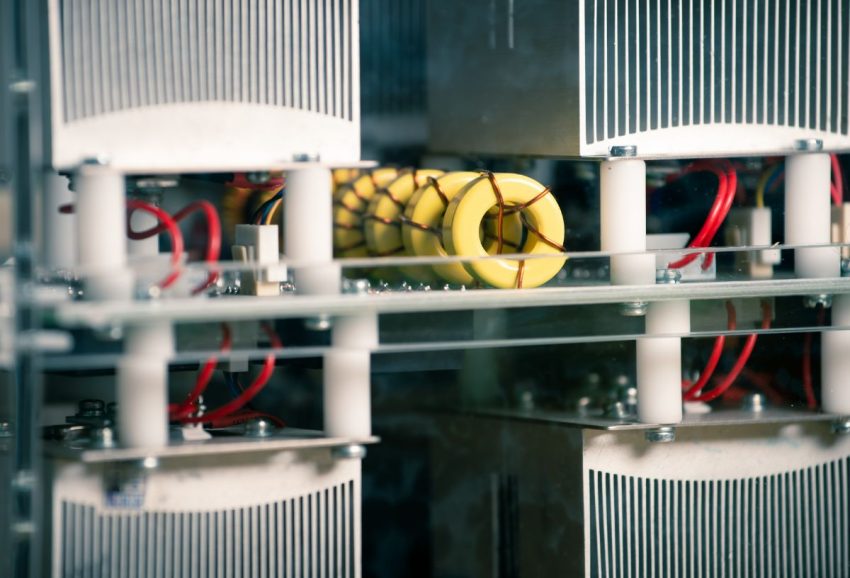In the realm of modern manufacturing, the production of plastic components and products has become an integral part of various industries. From automotive to electronics, packaging to consumer goods, the demand for precision and quality in plastic components is higher than ever. One of the crucial aspects of achieving this quality lies in the plastic mold making process.
The art of transforming raw plastic materials into intricately designed components requires a well-orchestrated process known as plastic mold making. This process involves creating molds, which are instrumental in shaping and forming plastic materials into the desired shapes, sizes, and specifications. However, as technology advances and market demands evolve, the need for efficiency and optimization within the plastic mold making process becomes paramount.
In this article, we will explore the key components of the plastic mold making process, identify common bottlenecks that can hinder efficiency, and provide actionable insights into how businesses can overcome these challenges. As industries continue to push the boundaries of innovation and product complexity, the importance of streamlining the plastic mold making process cannot be overstated. And by embracing efficiency-driven practices, manufacturers can not only meet the demands of the market but also exceed expectations in terms of quality, turnaround time, and overall customer satisfaction.
Design and Prototyping
A pivotal step in streamlining the plastic mold making process for efficiency is the utilization of advanced design and prototyping techniques. In the initial stages, investing time and resources into meticulous design using Computer-Aided Design, or CAD software can significantly reduce errors and iterations further down the line. By creating a virtual representation of the intended plastic component, designers can identify potential flaws, interferences, or inefficiencies before the physical mold is even created.
Moreover, the integration of rapid prototyping technologies, such as 3D printing, enables manufacturers to create functional prototypes rapidly and cost-effectively. These prototypes serve as tangible models for testing fit, form, and functionality, ensuring that any necessary adjustments are made early in the process. This approach actually not only minimizes the risk of errors during mold creation but also accelerates the overall timeline, enabling businesses to proceed to production with confidence.
Material Selection
Choosing the right plastic material for the intended application is a critical step that can significantly impact the overall process. By thoroughly understanding the requirements of the final product, including factors such as mechanical properties, temperature resistance, and durability, manufacturers can avoid costly rework due to material inadequacies.
Advanced material databases and simulation tools provide valuable insights into how different plastics will behave during the molding process and in the end-use scenario. Opting for materials that offer ease of processing and compatibility with the chosen molding technique can dramatically reduce cycle times and minimize production hiccups. Furthermore, selecting materials with a proven track record in similar applications can expedite the validation and testing phases.
Tooling
Investing in high-quality tooling not only ensures the production of precise and consistent plastic components but also streamlines the entire process. Employing advanced manufacturing techniques like Computer Numerical Control, or CNC machining, as well as Electrical Discharge Machining, or EDM, allows for the creation of intricate mold cavities with exceptional accuracy.
Moreover, the use of durable and wear-resistant materials for mold construction extends the lifespan of the tool, minimizing downtime for repairs or replacements. Embracing modular or interchangeable mold components can expedite mold setup for different product variations as well, which reduces transition times between production runs.
Injection Mold Manufacturing
Injection molding is a widely adopted technique that offers remarkable efficiency gains. By taking advantage of computer-controlled systems and automation, manufacturers can produce intricate plastic components with unparalleled precision and consistency. The use of high-quality steel and advanced surface treatments for mold construction enhances durability and reduces wear, ensuring prolonged and reliable production cycles.
Furthermore, employing techniques like hot runner systems minimizes material wastage and shortens cycle times. Rapid mold cooling technologies, such as conformal cooling, optimize part quality and decrease cooling time, consequently boosting productivity. Injection mold manufacturing also integrates seamlessly with digital systems, allowing for real-time monitoring and data analysis to identify opportunities for process optimization.
Quality Control
Implementing a comprehensive quality control protocol ensures that potential defects or discrepancies are identified and addressed promptly, reducing the risk of costly rework and production delays. Advanced inspection technologies, such as coordinate measuring machines and laser scanning, enable precise measurement and verification of the molded components against design specifications. In-process monitoring and real-time feedback mechanisms offer insights into potential issues during production, allowing for quick adjustments to maintain consistent quality. Statistical process control methodologies also help in identifying trends and patterns, enabling early intervention before minor issues escalate into major problems.
Training and Skill Development
Investing in comprehensive training and skill development programs for mold makers and technicians can yield remarkable improvements in overall process efficiency. Through specialized training, employees gain proficiency in using cutting-edge design software, modern machining techniques, and advanced manufacturing equipment. This expertise allows them to navigate complex challenges with confidence and make informed decisions that contribute to reduced errors and downtime. Ongoing skill development ensures that the team remains updated with the latest industry trends and best practices, enabling them to adapt swiftly to evolving technologies and methodologies.
Key Takeaway
Efficiency in the plastic mold making process stands as a testament to the evolution of modern manufacturing practices. As industries demand higher precision, faster turnaround, and superior quality, the need to streamline the mold making process becomes a strategic imperative. And by embracing measures to streamline the plastic mold making process, such as those mentioned above, manufacturers can then achieve newfound heights of efficiency.


